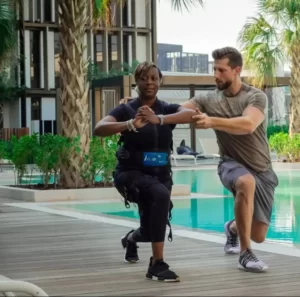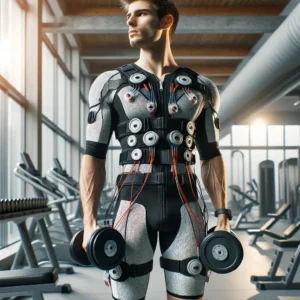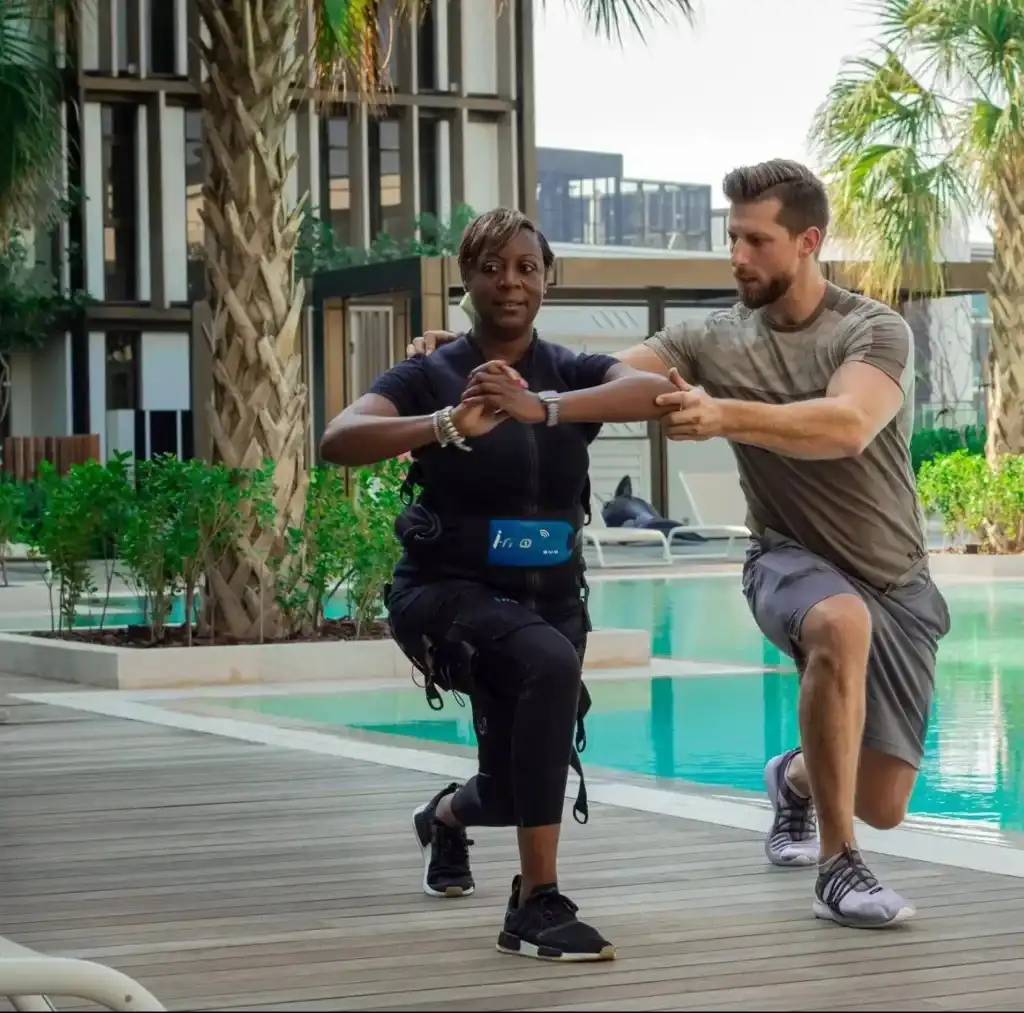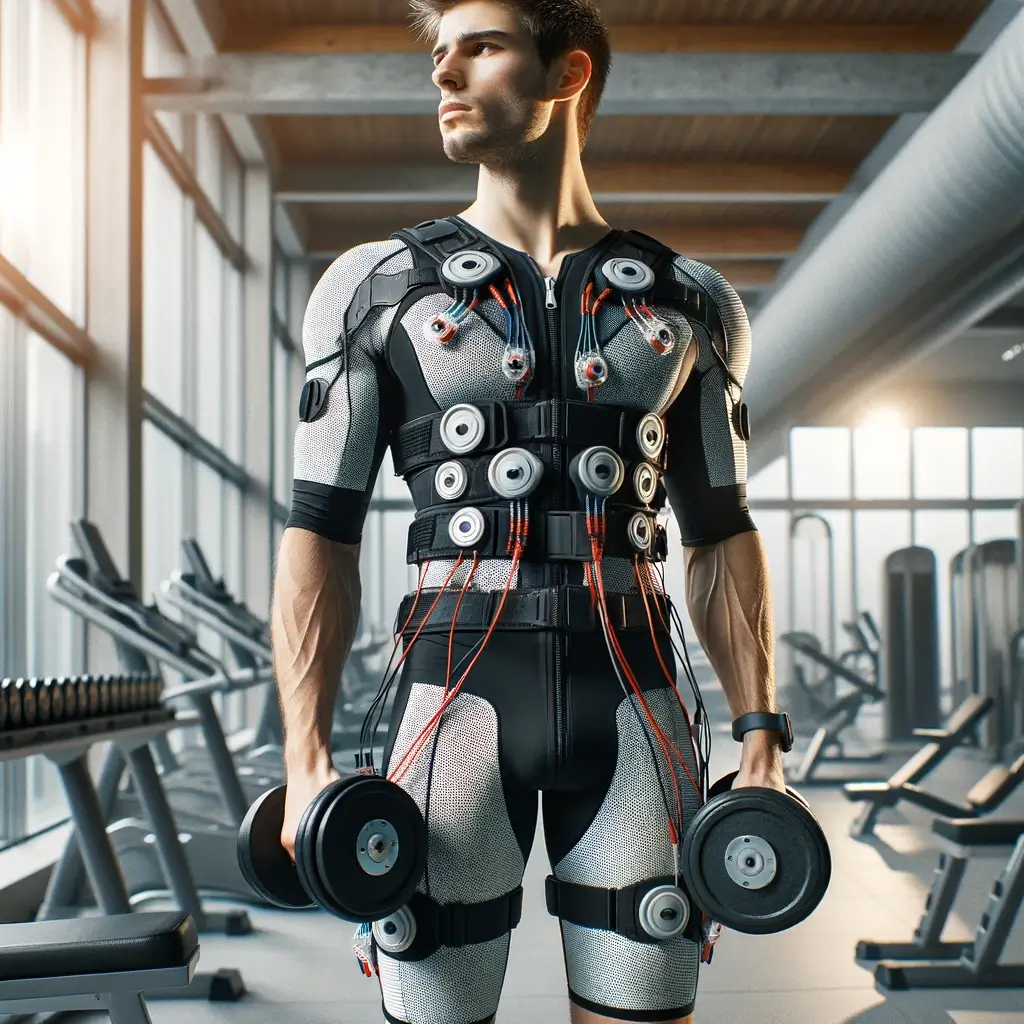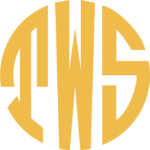Hey there, gym newbie! Walking into a fitness center can feel like stepping onto another planet. Don’t sweat it; I’m here to break down the basics, so you can strut into that weight room with confidence.
First up, let’s talk about the players in our gym game: Free weights vs Machines.
What’s the Deal with Free Weights?
Free weights are your dumbbells, barbells, and kettlebells. They’re the classic gym gear that you can pick up, hold, and move around any which way. They’re fantastic for what we call compound movements. These are the big, mighty exercises that get a bunch of your muscles firing all at once. Think squats, deadlifts, and bench presses.
When you kick off your workout with these compound moves, you’re giving your body a compound treat. It’s like hosting a party and inviting every muscle to the dance floor. Plus, you’re teaching them to groove together, which is great for getting stronger in ways that help you in real life, like lifting heavy groceries or climbing stairs.
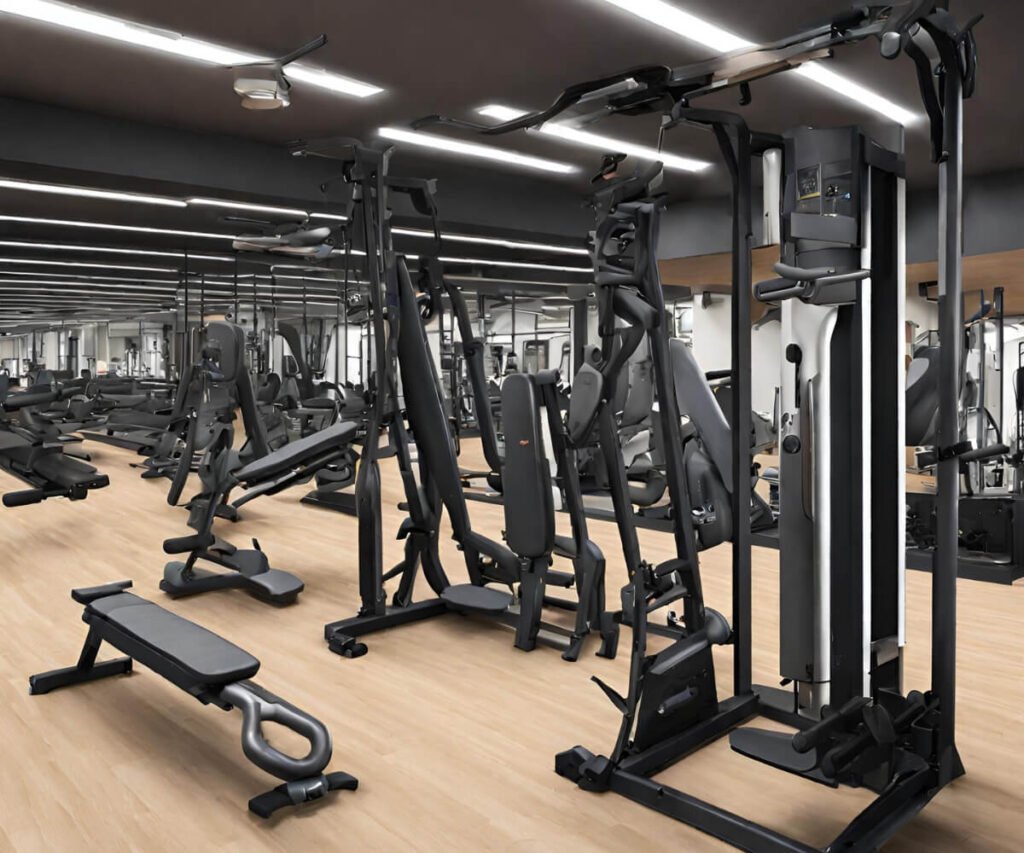
And Machines?
Machines are the slick, often intimidating contraptions you’ll see lined up and ready for action. Each one is designed to help you focus on one specific muscle or muscle group at a time—like a spotlight shining on a singer on stage. This is what we call isolation exercises.
Machines are super because they help you zero in on one area, like your biceps with those curls or your quads with leg extensions. They guide your movements, making sure you’re hitting the right spot, just like a GPS.
Starting Your Workout Right
Alright, let’s lay down your game plan. When you start your workout, you want to get those compound moves in first. Grab those free weights and get to squatting, pressing, and deadlifting. Why? Because these big moves warm up your whole body and get more muscles working at once.
After you’ve played the main act with the free weights, it’s time for the encore with machines. This is when you can go in and give each muscle a little extra love, one at a time.

Your First Week's Battle Plan
Incorporating a balanced routine that pairs complementary muscle groups, often referred to as agonist and antagonist muscles—or in layman’s terms, push and pull muscle groups—is a highly recommended approach for beginners at the gym.
Here’s a straightforward schedule to get you started:
- Monday: Chest & Triceps
- Wednesday: Back & Biceps
- Thursday: Shoulders & Abs
- Saturday: Legs
Stick to this lineup for about 4 to 6 weeks. It’ll give your body a chance to get used to the exercises and start building strength. Then, once you’ve got the hang of it, we’ll shake things up.
We’re talking pull days, push days, and even some supersets—but that’s a story for another day (or blog post).
Remember, everyone’s a beginner at some point. So take a breath, grab those weights, and let’s get to work!
Progressing Beyond the Basics
Once your muscles start getting used to your workout routine after 4 to 6 weeks, it’s important to introduce some changes to keep the gains coming. Your muscles are smart and they adapt quickly, so a little switch-up is necessary to keep them guessing and growing.
Mix It Up With Push and Pull
Push Day Exercises:
- Leg Press (pushing movement for the legs)
- Dumbbell Shoulder Press (Targets the deltoids similarly to the overhead press)
- Tricep Dips (Focuses on the triceps, which are involved in pushing movements)
- Incline Bench Press (Targets the upper chest and shoulders)
- Close-Grip Bench Press (Emphasizes the triceps more than the regular bench press)
- Leg Extensions (Isolates the quadriceps, the front part of your thigh)
- Tricep Pushdowns (Isolates the triceps)
- Lateral Raises (Targets the side deltoids)
- Front Raises (Targets the front deltoids)
Pull Day Exercises:
- Barbell Rows (A variation of rows with a different grip or stance)
- Lat Pulldowns (Mimics pull-up movements with a focus on the lats)
- Face Pulls (Targets rear deltoids and upper back)
- Bicep Curls (Isolates the bicep muscles)
- Hammer Curls (Targets the biceps and brachialis)
- Seated Cable Rows (Focuses on the middle back muscles)
- T-Bar Rows (Allows for a different angle to hit the back muscles)
- Good Mornings (Strengthens the posterior chain including the lower back)
- Hyperextensions (Targets the lower back and glutes)
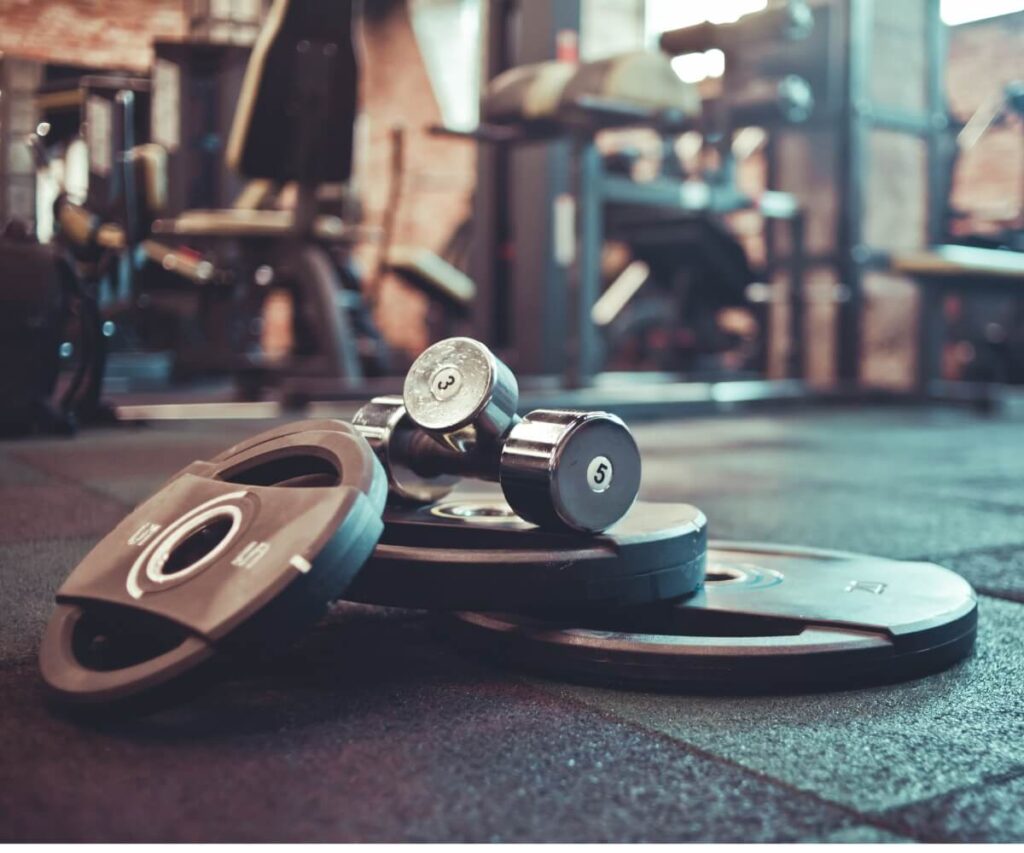
Supersets involve doing two exercises
Supersets involve doing two exercises back-to-back with little to no rest in between. They’re a fantastic way to up the intensity and efficiency of your workouts. You can superset a free weight exercise with a machine exercise to get the best of both worlds.
For instance, after doing a set of barbell bench presses, head over to the chest fly machine for an immediate follow-up set. This pushes your chest muscles to work harder and improves muscular endurance and strength over time.
Listen to Your Body
As you dive into more complex routines, always keep a keen ear to your body’s signals. It’s okay to push yourself, but never at the cost of your well-being. Proper form, controlled movements, and mindful workouts trump lifting heavier weights any day.
Rest and Recover
Remember, muscles grow when you rest, not when you lift. Make sure you’re giving your body enough downtime to repair and get stronger. Aim for 7-9 hours of sleep, keep your nutrition on point, and stay hydrated.
Wrapping It Up
Starting with a solid foundation of compound exercises using free weights and then polishing off with isolation work on machines is a strategy that will serve you well. As you grow more confident and stronger, your workouts will evolve, but the principles remain the same: challenge your muscles, keep your form tight, and listen to your body.
If you’re unsure about where to begin or how to advance, a fitness professional can provide tailored guidance to help you on your journey.
Health & Nutrition Disclaimer:
The content of this blog is intended for informational purposes only. It’s not a substitute for professional medical advice, diagnosis, or treatment. While the personal training strategies and nutrition plans discussed here reflect the expertise of our fitness professionals, they are shared to illustrate our approach and should not replace the guidance of your healthcare provider. Always seek the advice of your physician or another qualified health provider with any questions you may have regarding a medical condition or health objectives. Individual results may vary, and before starting any new diet or exercise program, it’s crucial to consult with a professional.


